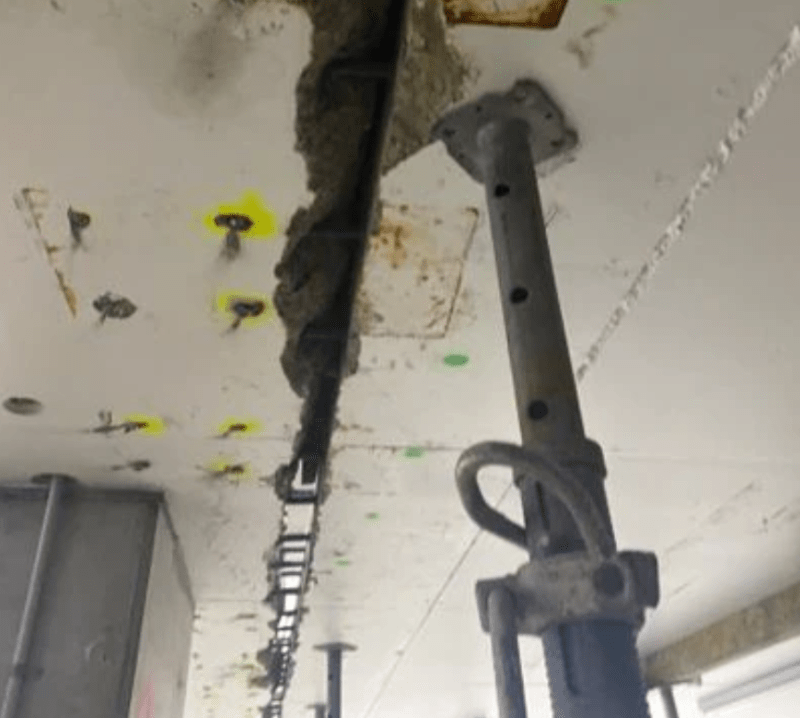SteynvW
Civil/Environmental
- Feb 1, 2016
- 108
Any idea what those plates would help for?
Sliding Joint with the plates bending helping with differential movement across expansion joint?
Follow along with the video below to see how to install our site as a web app on your home screen.
Note: This feature may not be available in some browsers.



dik said:Has anyone considered a real engineering report? Might be the first step.
